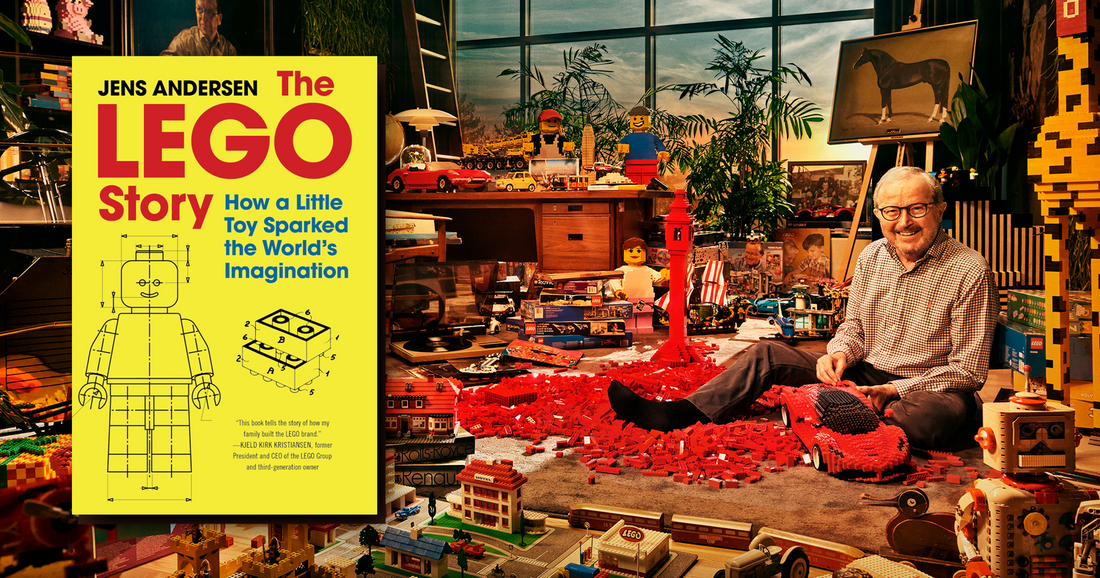Lego, the iconic interlocking brick system, has captured the hearts and imaginations of generations. With its simple yet versatile design, LEGO has transcended being just a toy to becoming a symbol of creativity, innovation, and boundless possibilities. Let’s delve into the rich history of LEGO, tracing its origins, evolution, and the cultural impact it has made over the years.
1. The Birth of an Idea (1932-1949):
The story of LEGO begins in the small Danish village of Billund in the early 1930s. Ole Kirk Christiansen, a skilled carpenter, initially started a woodworking business producing household items. In 1932, the company’s name was changed to “LEGO,” derived from the Danish phrase “leg godt,” meaning “play well.” The first wooden interlocking blocks, known as “Automatic Binding Bricks,” were introduced. The transition from wood to plastic in 1949 laid the foundation for what we now recognize as LEGO bricks.
2. The Patent and the Modern Brick (1958-1978):
In 1958, the modern LEGO brick design was patented by Godtfred Kirk Christiansen, Ole Kirk’s son. The true genius of this invention was the interlocking studs and tubes, allowing for seamless stacking and connections. This innovation revolutionized the construction toy industry, offering children the ability to build complex structures with ease. During this era, iconic LEGO sets like the LEGO train sets and LEGO Space sets made their debut, captivating young minds.
3. Creative Expansion and Themes (1980s-1990s):
The 1980s marked a period of diversification for LEGO as the company introduced various themed sets. From pirates to castles, LEGO sets began to cater to a wide range of interests. The introduction of minifigures in 1978 added a new dimension to the play experience, allowing for character-driven storytelling within constructed worlds. The ‘90s saw collaborations with popular franchises like Star Wars, cementing LEGO’s position as a cultural phenomenon.
4. Challenges and Innovations (2000s-Present):
The early 2000s brought challenges for LEGO, including financial struggles and competition from electronic entertainment. In response, LEGO refocused on their core values of creativity and construction. The Mindstorms series, introduced in 1998, combined LEGO bricks with programmable technology, inspiring a new generation of builders and coders. Collaborations with movies, video games, and even architecture (LEGO Architecture series) kept the brand relevant and engaging.
5. Sustainable Practices and Global Reach:
Recognizing the environmental impact of their plastic production, LEGO announced ambitious sustainability goals. By 2030, the company aims to produce all LEGO elements and packaging sustainably. This commitment reflects LEGO’s dedication not only to imaginative play but also to responsible corporate practices.
Conclusion:
The journey of LEGO from its humble beginnings as wooden blocks to becoming a global cultural phenomenon is a testament to the power of creativity, innovation, and adaptability. As LEGO continues to evolve, its enduring popularity reminds us that the joy of building and imagining knows no bounds. Whether young or old, LEGO continues to be a source of inspiration for generations, reminding us all to “play well.”

